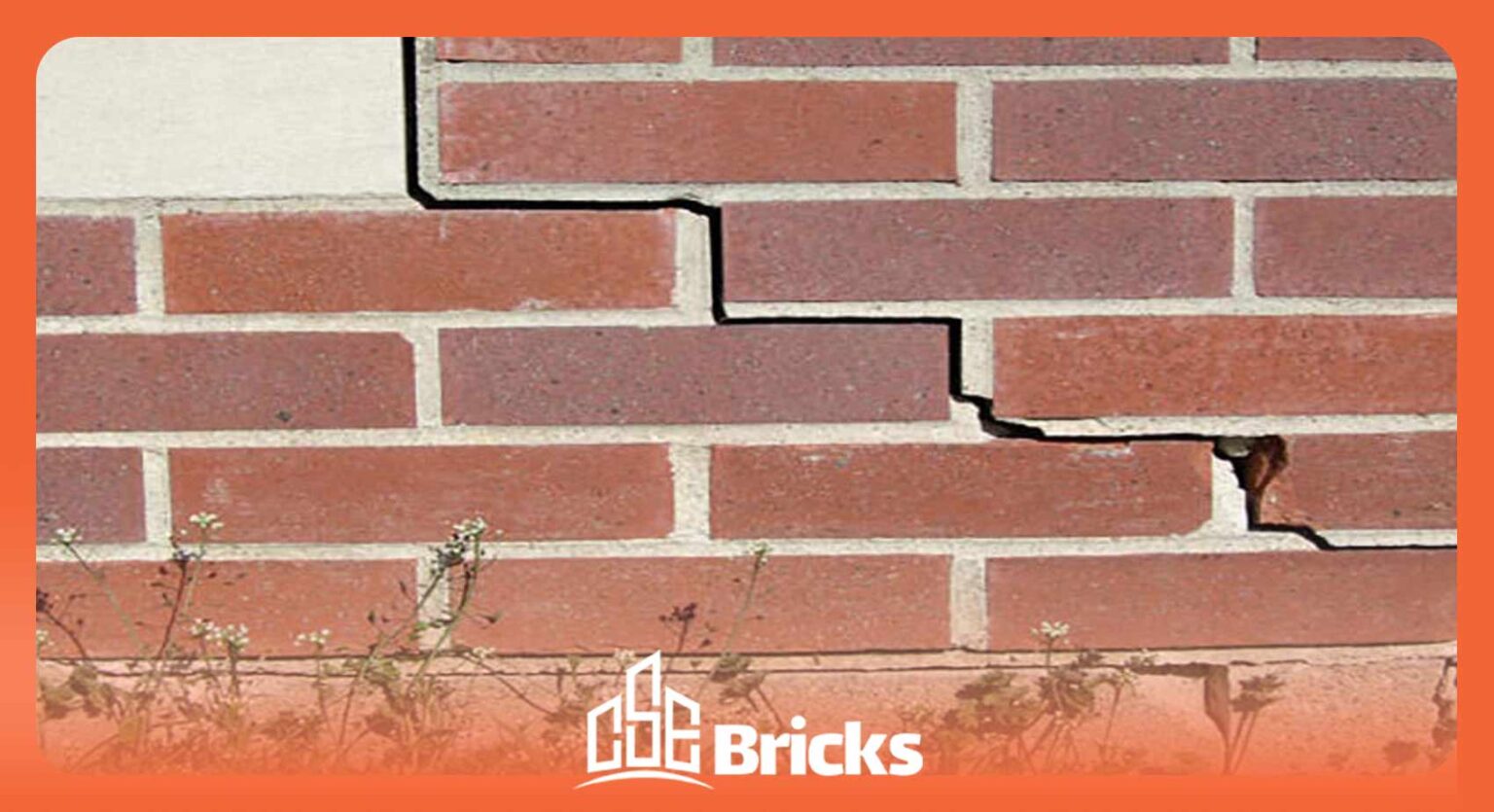Blog
Repairing Brick Walls

Repairing Brick Walls
?How to Fix Wall Cracks at the Lowest Cost
Although cracks and surface damage in bricks may not necessarily cause problems, they do affect the appearance of the structure. Therefore, repairing damaged brick walls has become a concern for many people. On the other hand, these cracks might indicate dangerous damage that needs to be addressed as soon as possible. Below, we have examined the best ways to repair brick walls at the lowest cost.
Examine the Cracks
First and foremost, you should examine the wall cracks to understand the cause of their formation. As a homeowner, you should gather information such as the year the wall or house was built, the method used for brick installation, the materials used, and important details to better identify the main reason for the cracks. Additionally, you need to determine whether the cracks in your wall are active or inactive.
You have two ways to determine if the cracks are active or inactive:
• Use a Special Device
There is a device that you can use to examine all wall cracks with an accuracy of one mm. The design of this device, with a width of 2 to 3 cm and a length of 10 to 12 cm, allows you to check the width of the cracks and determine whether they are active. If the width of the cracks increases, you will realize that the crack in your wall is expanding.
• Use Wax Paper
Another easy method to check for wall cracks is to tape a piece of wax paper over the crack. If after a while the wax paper tears, it means that the crack is expanding.
Reasons for Wall Cracks
You have probably heard the saying that prevention is better than cure. This saying applies here as well because taking care of bricks is always a better option than repairing them.
Next, we will examine the reasons that cause wall damage and then introduce ways to repair brick walls.
Climate Changes
Climate changes, often due to seasonal variations, can lead to cracking in brick walls, forcing you to repair them. In fact, the materials used in house construction are highly reactive to climate changes. For instance, rain and humidity can damage brick walls and cause the foundation to settle. Additionally, garden sprinklers and leaking pipes can also damage the walls.
-
Materials Used in Walls
If low-quality materials and mortar are used in the construction of your building, you may witness cracks on it after a while. For example, if you have used 10-cm AAC blocks, hairline cracks in different parts of the wall are quite expected.
-
Ground Settlement
For a house to be built, its foundations must be established by excavating the ground. Over time, the ground may settle, causing the foundations to move slightly and leading to the formation of cracks. Cracks resulting from ground settlement are usually vertical and often do not cause significant concern. However, sometimes due to the soil type or natural disasters such as floods and earthquakes, the settlement can be severe and cause serious damage. In such cases, a fundamental solution must be sought.
Steps for Repairing Brick Walls
Repairing wall cracks can vary depending on the type of crack and the reasons for their formation. However, there are some general steps that should be followed to repair brick walls, which we have outlined below.
-
Step 1: Remove the Old Mortar
Clean out the old mortar from the head and bed joints to a depth of 7 to 10 centimeters from the crack. You can use a carbide-tipped grout saw or a cold chisel for this task. If you prefer using tools, a brick hammer or a 5-in-1 painter’s tool will also do the job. Be careful to tap lightly to avoid damaging the other intact parts of the wall. Then, clean up the spilled mortar.
-
Step 2: Prepare the New Mortar
Mix the purchased mortar for replacement with water according to its instructions. After thoroughly stirring and combining the mortar, let it sit for a few minutes.
-
Step 3: Add Mortar to Repair the Brick Wall
Using a trowel, take some mortar and pour it over the wall crack, then use a pointing trowel to press it into the joint. After filling the bed joints of the crack, repeat the process for the head joints.
-
Step 4: Clean the Wall
In the final step of repairing the brick wall, after applying the mortar, allow it to dry, and then proceed to clean it. You can use a bristle brush for this task. Additionally, you can use a wet sponge to wipe off the excess mortar.
Different Methods for Repairing Brick Walls
The steps we mentioned above were a general method for repairing brick wall cracks that were not serious and could be done by yourself. Next, we will examine cracks that require more specialized repair methods.
-
Repairing Deep Cracks in Brick Walls
The method mentioned above was for shallow cracks, but for deep and serious cracks, it is recommended to seek help from a contractor. As previously mentioned, these cracks can indicate serious damage, and if not addressed in a timely manner, they can cause significant harm to your building.
-
Repairing Brick Walls by Stitching Cracks
Stitching cracks is suitable for cracks wider than 1 mm. This method is mainly used for wide diagonal cracks caused by foundation settlement. Use 8-mm diameter rebar at 600-mm intervals from the M.S package after drilling the wall with a drill. Then secure it with bolts and washers. In the final step, grout the joints with a liquid grout made of 1 kg of polymer-modified grout, 1 kg of cement, and some water to make it fluid. It is recommended to inject the grout into the crack at a pressure of 3 kilograms per square centimeter.
-
Using Crack Sealant to Repair Active Cracks
If there is an active crack on your structure, you can use an RCC strip or a crack sealant to prevent it from spreading further. This will also help prevent the formation of future cracks. The crack sealant should be applied to both surfaces of the wall, ensuring that its thickness is at least one-third of the wall’s thickness.
-
Repairing Wall Settlement
If you notice any signs of wall settlement, such as cracks in basement walls, separation of the wall from the floor, circular cracks around nails, and similar issues, you should promptly repair your brick wall.
To fix this problem, you should use gypsum as a replacement mortar because it is more effective than cement. To repair a settled brick wall, first prepare the gypsum, then open up the cracks and quickly fill them with gypsum. After completing these steps, use a brick chip and place it in the mortar, then pound it in to expel any excess mortar. This process is called “grouting.”
Conclusion
In this article, we have become acquainted with various methods for repairing brick walls, so that when faced with wall cracks, you can adopt the best solution to fix them.


